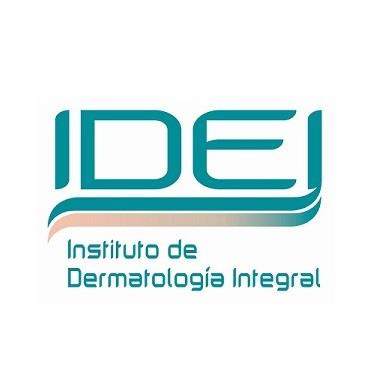Optimization of the clinical flow in patients with dermatological conditions using Artificial Intelligence
Conclusions
The medical device demonstrated high performance in malignancy detection and pathology diagnosis, performing at a level comparable to that of expert dermatologists both for the retrospective and prospective analysis. This performance was achieved despite the inherent bias in the dataset, which only includes lesions deemed suspicious enough to warrant a biopsy.
The device algorithms demonstrate moderate accuracy in predicting the Ludwig score for FAA. The overall accuracy was 47% in the prospective analysis, improving to 53% in the latest model. There is a low incidence of predicted grades differing by two grades from the investigator's score and a 50% correlation between the alopecia percentage and the investigator's score. These results indicate the potential of the device solution as a tool for estimating the Ludwig score for the FAA. Besides that, expanding the dataset and incorporating more diverse image samples could enhance the model's robustness and generalizability.
Sumary
- Code: LEGIT.HEALTH_IDEI_2023
- Status: The first part of the study is finished. The second part will start in Q1, 2025
- Start date: February 2nd, 2024
- Finish date: August 7th, 2024
- Acceptance criteria:
- An improvement of diagnostic accuracy of 10% (Ferri et al. 2020)
- Scores equal to or greater than 70 on the System Usability Scale (SUS)
- An AUC equal to or greater than 0.8 detecting malignancy
- A sensitivity of 80% detecting malignancy
- A specificity of 70% detecting malignancy
Background and rationale
The use of image-based artificial intelligence (AI) holds significant potential for improving diagnostic accuracy in medical visual assessments. The COVID-19 pandemic, which limited access to in-person healthcare, has accelerated the adoption of telemedicine, highlighting the importance of AI in triaging and supporting decision-making processes. In dermatology, conditions such as pigmented lesions, acne, and alopecia represent high-demand cases requiring significant in-person resources and specialist attention. AI tools can play a crucial role in optimizing these processes, reducing the workload, and improving efficiency in patient management.
Advancements in image recognition and AI technologies have led to innovations in diagnosing skin conditions, with Computer-Aided Diagnosis (CAD) systems proving their ability to classify lesion images at a level comparable to expert clinicians. This study aims to evaluate the Legit.Health tool, developed by AI Labs Group S.L., which utilizes AI to enhance clinical workflow and patient care for dermatological conditions. The tool seeks to automatically prioritize patients based on urgency, assign appropriate consultations (dermatological or aesthetic), improve diagnostic capabilities in non-specialist staff, and provide a visual record for expert review.
The primary goal of this study is to validate that the AI-based Legit.Health tool improves clinical workflow efficiency and patient care processes by diagnosing and determining the severity of skin lesions. This would result in reduced in-person consultation time and healthcare costs per patient, while assigning the correct type of consultation from the outset. Secondary objectives include decreasing patient wait times based on medical urgency, reducing the number of initial dermatology consultations, and improving both specialist satisfaction and patient usability, ultimately benefiting the clinic's economic outcomes.
Design
Prospective observational study with both longitudinal and retrospective case series to assess if Legit.Health is a validated tool to improve the clinical flow and patient care process. This investigation encompasses a diverse cohort of patients with different pathologies. On one hand, prospectively, a minimum of 60 cases will be included: 30 with pigmented lesions, 15 with androgenic alopecia and 15 with inflammatory acne. On the other hand, retrospectively, 60 patients with pigmented lesions, 15 with androgenic alopecia and 15 with inflammatory acne will be included. Data collection will include questionnaires, photograph analysis, and patient satisfaction surveys. The study adhered to strict ethical guidelines, ensuring patient confidentiality and compliance with international standards. Patients were provided with detailed information and informed consent. The study's robust methodology aimed to assess the clinical utility and usability of the device.
Product Identification
| Information | |
|---|---|
| Device name | Legit.Health Plus (hereinafter, the device) |
| Model and type | NA |
| Version | 1.0.0.0 |
| Basic UDI-DI | 8437025550LegitCADx6X |
| Certificate number (if available) | MDR 792790 |
| EMDN code(s) | Z12040192 (General medicine diagnosis and monitoring instruments - Medical device software) |
| GMDN code | 65975 |
| Class | Class IIb |
| Classification rule | Rule 11 |
| Novel product | FALSE |
| Novel related clinical procedure | FALSE |
| SRN | ES-MF-000025345 |

